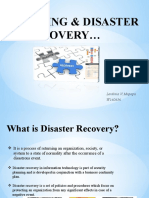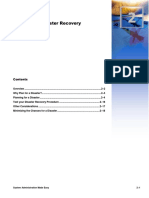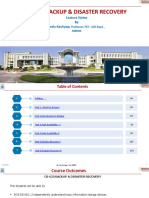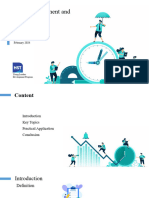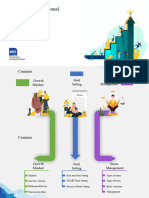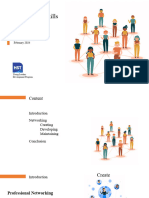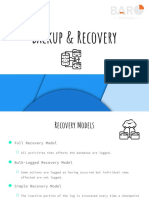0% found this document useful (0 votes)
47 views11 pagesHADR Concepts Introduction
The document discusses high availability and disaster recovery concepts for SQL Server. It defines high availability as putting technologies in place before failure to prevent data loss, while disaster recovery involves recovering lost data and systems after a failure. The key difference is that high availability prevents failures from impacting availability, while disaster recovery is about recovery of data and systems after a failure occurs.
Uploaded by
Abraham GetachewCopyright
© © All Rights Reserved
We take content rights seriously. If you suspect this is your content, claim it here.
Available Formats
Download as PDF, TXT or read online on Scribd
0% found this document useful (0 votes)
47 views11 pagesHADR Concepts Introduction
The document discusses high availability and disaster recovery concepts for SQL Server. It defines high availability as putting technologies in place before failure to prevent data loss, while disaster recovery involves recovering lost data and systems after a failure. The key difference is that high availability prevents failures from impacting availability, while disaster recovery is about recovery of data and systems after a failure occurs.
Uploaded by
Abraham GetachewCopyright
© © All Rights Reserved
We take content rights seriously. If you suspect this is your content, claim it here.
Available Formats
Download as PDF, TXT or read online on Scribd
/ 11

































